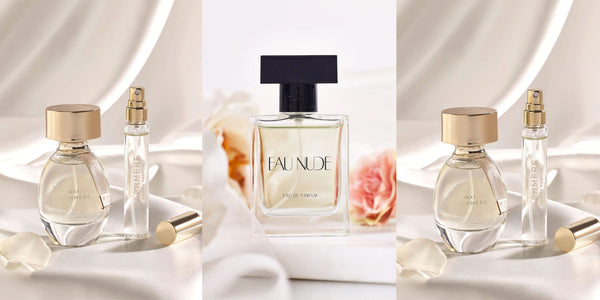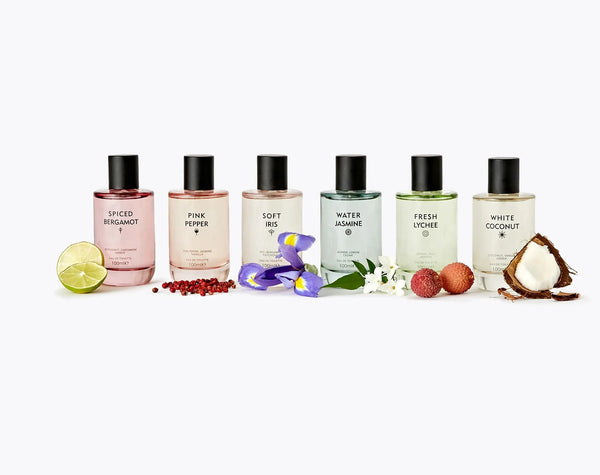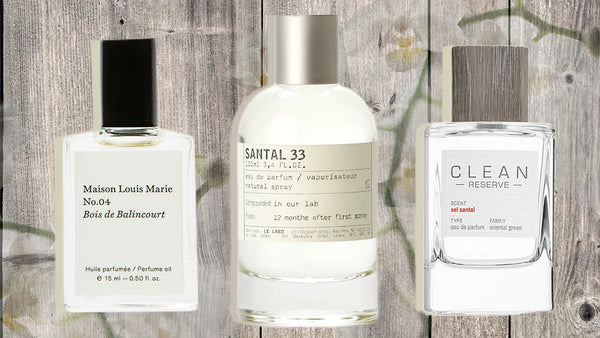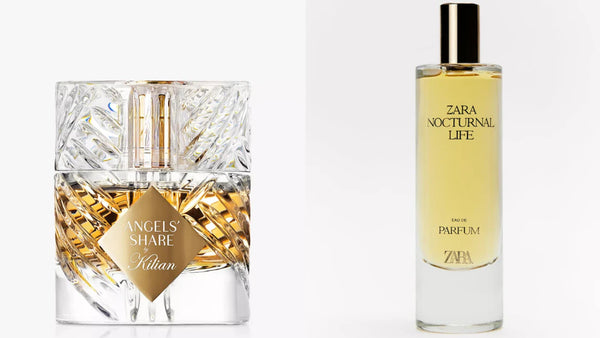What Does Jasmine Smell Like?

Jasmine is a captivating flower that has been used in perfumery for centuries. Its intoxicating aroma captivates the senses and adds a touch of elegance to any fragrance. Whether used as a single-note scent or blended with other notes, jasmine brings a unique and alluring quality to perfumes. Understanding the intricate nuances of this flower's fragrance can help you appreciate its beauty and choose the perfect jasmine perfume for yourself.
Understanding the Aroma of Jasmine

Jasmine has a distinct scent profile that can be described as floral, sweet, and exotic. Its fragrance is often considered rich, warm, and sensual. But what exactly gives jasmine its characteristic aroma?
Jasmine, a flowering plant native to tropical regions, has captivated people for centuries with its enchanting scent. The aroma of jasmine is not only pleasing to the senses but also carries a deep cultural significance in many parts of the world.
When you encounter the scent of jasmine, you are experiencing a symphony of aromatic compounds that work together to create its unique fragrance. The primary notes in jasmine perfume are indole, benzyl alcohol, methyl anthranilate, and linalool.
The Basic Notes of Jasmine
Indole, one of the key components of jasmine's scent, is responsible for the floral and sweet aspects that make it so alluring. It is a naturally occurring compound found in various flowers and is known for its intoxicating fragrance. Benzyl alcohol, another essential element, adds warmth and richness to the overall aroma of jasmine.
Methyl anthranilate, a fruity compound found in jasmine flowers, provides a delightful undertone to the fragrance. It adds a touch of sweetness and complexity, making the scent even more captivating. Lastly, linalool, a compound commonly found in many flowers and spices, contributes a subtle freshness to the overall bouquet of jasmine.
These basic notes, working in harmony, create the foundation of jasmine's scent. However, the complexity of jasmine's aroma goes beyond these primary components.
The Complexity of Jasmine's Scent
While the basic notes give jasmine its foundation, its scent can vary depending on the species and growing conditions. Different species of jasmine, such as Jasminum sambac or Jasminum grandiflorum, may possess distinct scent profiles, adding further diversity to the world of jasmine perfumes.
The growing conditions, including soil composition, temperature, and humidity, also play a significant role in shaping the fragrance of jasmine. Factors such as the amount of sunlight the plant receives and the time of day the flowers are harvested can influence the intensity and character of the scent.
Some jasmine perfumes may have a more delicate and airy aroma, reminiscent of a gentle breeze on a summer evening. These fragrances are often associated with jasmine flowers grown in cooler climates or at higher altitudes. On the other hand, jasmine perfumes from warmer regions may exhibit a more intense and heady scent, evoking images of lush tropical gardens and exotic landscapes.
The complexity of jasmine's scent is what makes it so intriguing. It has the power to transport us to different places and evoke a range of emotions. Whether it is used in perfumes, candles, or teas, the enchanting aroma of jasmine continues to captivate and inspire people around the world.
The Role of Jasmine in Perfumery

Jasmine is a versatile ingredient in perfumery and can play different roles in fragrance compositions.
Jasmine in Single-Note Perfumes
Some perfumes showcase jasmine as the main star, allowing its true beauty to shine through. These single-note jasmine perfumes highlight the flower's captivating scent and are perfect for those who want to experience jasmine in all its glory.
Jasmine as a Supporting Scent
Jasmine is also commonly used as a supporting note in perfumes, adding depth and complexity to the fragrance. It blends well with a wide range of other notes, such as citrus, vanilla, sandalwood, and rose. In these compositions, jasmine acts as a bridge that connects and enhances the other ingredients, creating a harmonious scent.
The Extraction Process of Jasmine Scent
Obtaining jasmine scent for perfumes is a meticulous process that requires careful extraction and distillation.
Harvesting Jasmine for Perfume
Jasmine flowers are hand-picked early in the morning when their fragrance is at its peak. Blooming jasmine buds are carefully chosen to ensure the best aroma. The flowers must be handled gently to protect their delicate petals and preserve the scent.
The Distillation Process
Once harvested, the jasmine flowers undergo a distillation process to extract their aromatic compounds. Steam distillation is the most common method used, where the flowers are placed in a still with water. As the steam passes through the flowers, it carries their essential oils, which are then condensed and collected. This process captures the true essence of jasmine, resulting in a highly concentrated and precious perfume ingredient.
Different Types of Jasmine in Perfumes
There are various types of jasmine used in perfumes, each with its own distinctive characteristics.
Common Jasmine (Jasminum Officinale)

Common jasmine is one of the most widely used species in perfumery. It is known for its sweet and floral scent, often described as romantic and timeless. Common jasmine can be found in many classic and elegant perfumes, adding a touch of sophistication.
Sambac Jasmine (Jasminum Sambac)

Sambac jasmine, also known as Arabian jasmine, has a more intense and heady fragrance compared to common jasmine. Its scent is often described as exotic, with rich floral and fruity notes. Sambac jasmine is commonly used in oriental and sensual perfumes, adding a seductive allure.
How to Choose a Jasmine Perfume
When selecting a jasmine perfume, it's essential to consider the quality of the fragrance and how well it blends with your personal preferences.
Identifying Quality Jasmine Scents
A high-quality jasmine perfume will have a well-balanced and natural scent. The jasmine note should be prominent but not overwhelming, allowing other ingredients to complement and enhance its beauty. Look for perfumes that use pure essential oils or absolutes extracted from jasmine flowers rather than synthetic substitutes.
Pairing Jasmine with Other Notes
Jasmine blends beautifully with a variety of other fragrance notes, so consider your preferences when choosing a fragrance. If you prefer a fresh and uplifting scent, opt for jasmine perfumes with citrus or green notes. For a warmer and more sensual aroma, choose perfumes that combine jasmine with amber, vanilla, or musk.
In conclusion, jasmine is a captivating and versatile flower that adds a touch of elegance and allure to perfumes. Its distinct scent, characterized by floral sweetness and exoticism, can be enjoyed in various forms - from single-note perfumes to supporting scents in fragrance compositions. Understanding the extraction process and different types of jasmine can help you appreciate the complexity of this beautiful flower's aroma. When choosing a jasmine perfume, look for quality and consider how it blends with your personal preferences. Embrace the enchanting scent of jasmine and let it transport you to a world of olfactory delight.




